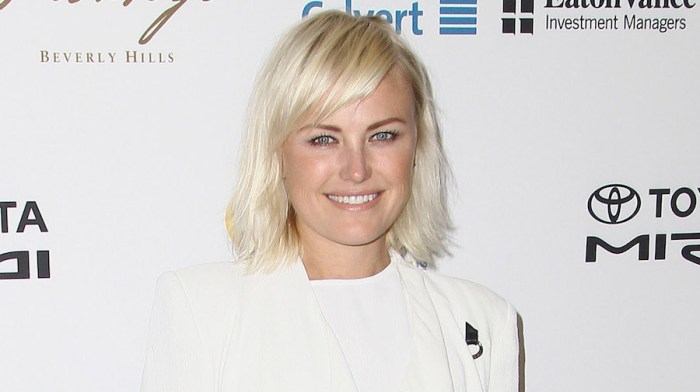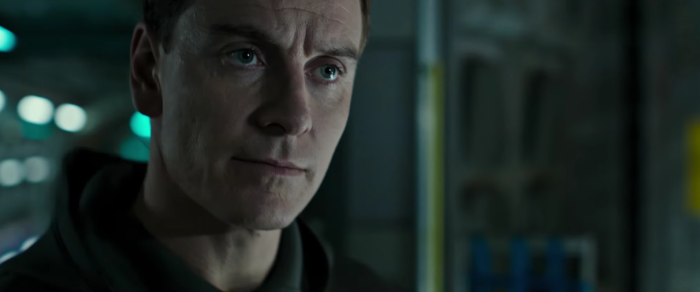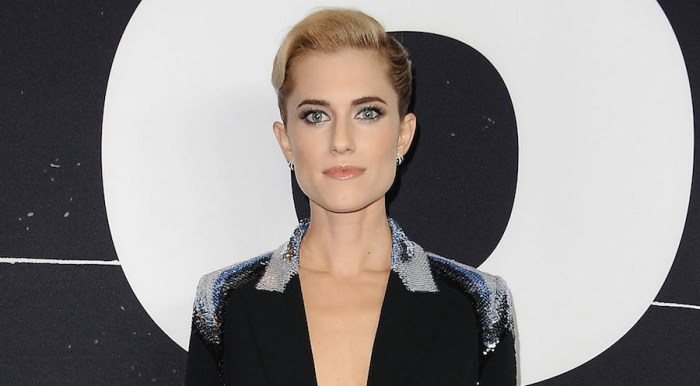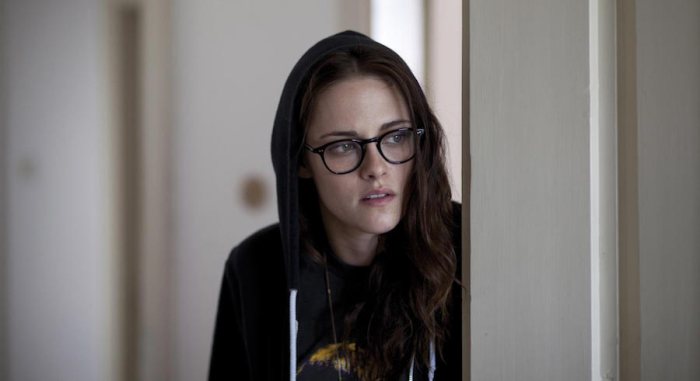‘Goodfellas’ The story is that portions of the first audiences to see “Goodfellas” gasped in horror when Joe Pesci pulled a butcher knife from his well-tailored suit in the film’s very first minute. It’s easy to forget that the heroes of Martin Scorsese’s 1990 gangster epic are very, very bad. But it shouldn’t be. They not only loot; they kill, sometimes indiscriminately. Pesci’s Tommy De Vito publically humiliates people; if they fire back with a quip, as in the case of poor Spider (Michael Imperioli), they get five bullets to the chest. Robert De Niro’s Jimmy Conway whimsically wipes out most of a gang he rounded up for a big steal, then very likely plans to whack Ray Liotta’s Henry Hill, one of his best friends of 30 years. Henry himself is the nice one of the three, in that the worst he does is smash a guy’s face with the butt of his handgun and regularly cheat on Karen (Lorraine Bracco), his wife. And yet the magical and subversive thing “Goodfellas” does is not only make them lovable, but make their entire world look enticing. Reissued once again on Blu-ray, in a noticeably improved new 4k restoration that still retains the picture’s fine grain, it was the first film in which Scorsese was really exploring the way we, as a society, are drawn to the amoral, the greedy, the evil. He’d done films about disreputable characters — “Taxi Driver,” “Raging Bull” — but their worlds hardly looked inviting. (No one wants to be a mohawked sociopath prowling after pimps or a pudgy pugilist battling indomitable insecurity issues.) “Mean Streets” dabbled in crime, but it was steeped in classic Catholic guilt. “Goodfellas” went deeper than any; it makes the mob life look actively fun. Not only are its characters charismatic wiseacres, fast with a quotable, but they get whiplash filmmaking and the best music. (The playlist for the famed “May 11, 1980” stretch is that to which a DJ aspires, veering from Harry Nilsson to The Who to Muddy Waters to George Harrison.) Even their most heinous, most violent acts are allowed to have an element of “cool” to them, not because Scorsese thinks they’re cool but because he knows we think, deep down, or maybe right under the surface, that doing what we want, dressing the best and maybe even hurting people is cool. He understands that violence, even for devoted pacifists, has the same rush as being the high-roller who enters a club through the back door and gets a custom table right in front of the stage, all to impress a date. Scorsese has returned to this idea, and to this style — this style that he and editor Thelma Schoonmaker essentially created, with narration and pop songs carrying us through an almost documentary-style tour of debauchery — again and again, even as he’s tried new and dramatically different avenues of filmmaking. The only one that builds off “Goodfellas” in productive ways is “The Wolf of Wall Street,” where the bad guys are made to seem like obnoxious cartoons, played not by the smooth likes of De Niro and Liotta but by Jonah Hill and Di Caprio, both in full-on Tex Avery mode. And yet they’re just as bad, maybe even worse. For the pallies of “Goodfellas,” their crimes are largely self-contained; they terrorize companies, not regular folks (though occasionally a security guard or a hapless mailman). The brokers of “The Wolf of Wall Street” terrorize us, and yet they’re the ones we’re legally more likely to become in real life. Scorsese clearly hates them. He won’t even given them the Stones; they have to settle for Billy Joel. The film’s best joke is that he treats psychopathic mobster better than the monsters trolling for your bank accounts. Put together the final shots of both films form a complete, depressing circle. In “Wolf,” it’s a pan across an audience listening raptly and lustfully at Di Caprio’s lessons for a wealthy life. In “Goodfellas,” it’s a shot of Henry in his own private hell: suburbia, where spaghetti is egg noodles and ketchup while his old life of crime is reduced to a pastiche cutaway of Tommy as a ’30s-style movie gangster, shooting at the lens a la the outlaw at the end of one of the oldest surviving paeans to the criminal life, 1903’s “The Great Train Robbery.” If we’re indeed a schnook just like Henry at the end of “Goodfellas,” our only escapes are the movies or unchecked greed.
25th Anniversary Blu-ray
Warner Bros.
Disc Jockey: ‘Goodfellas’ remains hilarious and subversive
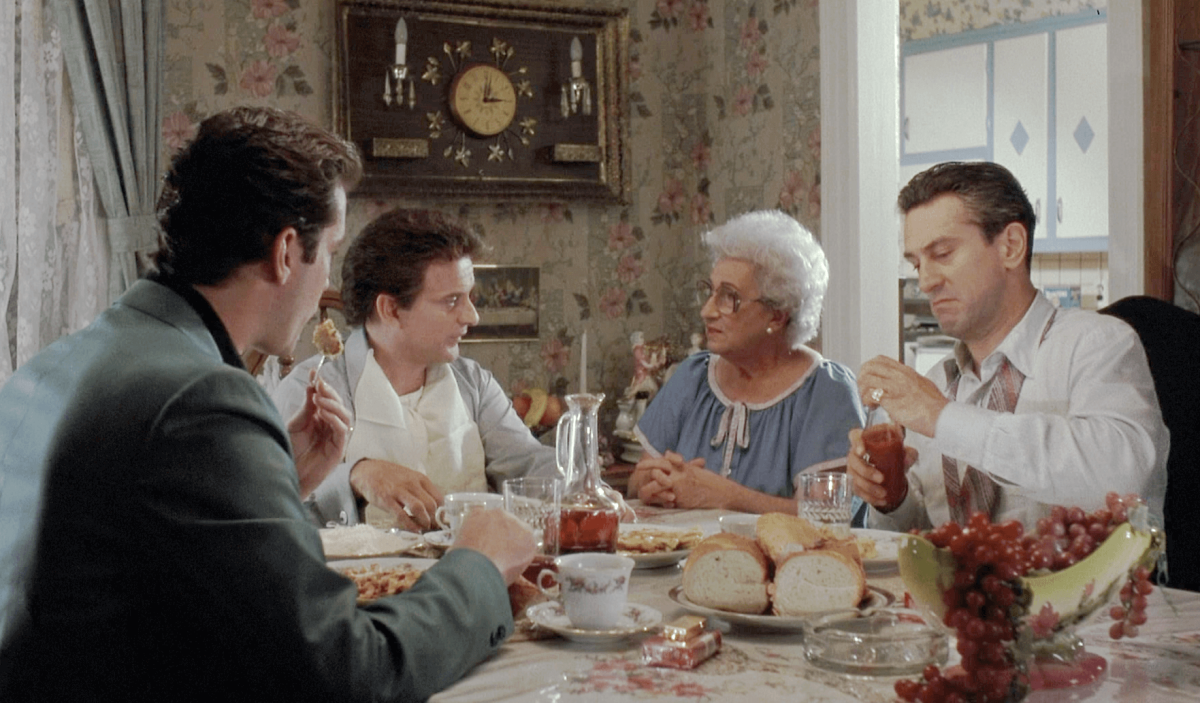
Warner Bros. Pictures
Follow Matt Prigge on Twitter @mattprigge

